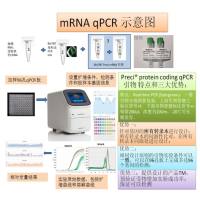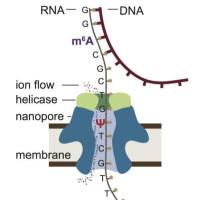Identifying Differential Alternative Splicing Events from RNA Sequencing Data Using RNASeq-MATS
互联网
702
RNA sequencing (RNA-Seq) has emerged as a powerful and increasingly cost-effective technology for analysis of transcriptomes. RNA-Seq has several significant advantages over gene expression microarrays, including its high sensitivity and accuracy, broad dynamic range, nucleotide-level resolution, ability to detect novel mRNA transcripts, and ability to analyze pre-mRNA alternative splicing. A major application of RNA-Seq is to detect differential alternative splicing, i.e., differences in exon splicing patterns among different biological conditions. We recently developed a statistical method multivariate analysis of transcript splicing (MATS) for detecting differential alternative splicing events from RNA-Seq data. Here, we describe a computational pipeline RNASeq-MATS based on the MATS algorithm. This pipeline automatically detects and analyzes differential alternative splicing events corresponding to all major types of alternative splicing patterns from RNA-Seq data.









